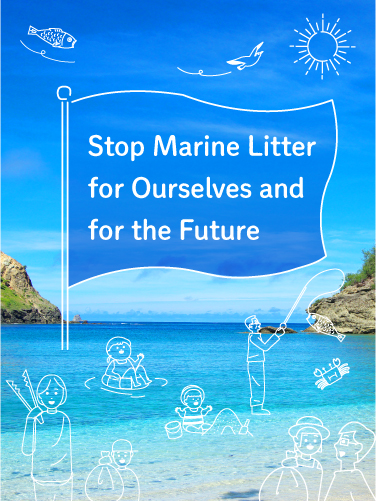

The ocean cover around 70 percent of the Earth’s surface. As a source of life and treasure trove of biodiversity, the vast ocean is home to a wide variety of marine life, including fish, shellfish, and seaweed. This biodiversity provides society with the many of resources we need for daily life, such as food, medical products, and biofuels.
In addition to its biodiversity, the ocean provides other services. It functions as a cleaner, purifying pollutants and domestic wastewater. The ocean also mitigates the effects of global warming by absorbing heat energy and carbon dioxide. Coastal ecosystems also play an essential role by reducing damage caused by rainstorms. Protecting the ocean’s biodiversity contributes to both climate change mitigation and adaptation.
On a more fundamental level, the ocean brings us peace and tranquility with its beautiful scenery and serves as a place for swimming, marine sports, and other recreational activities.
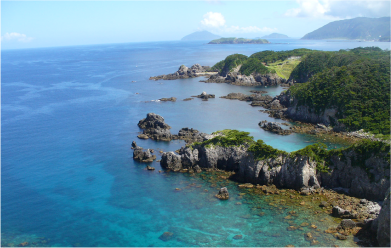
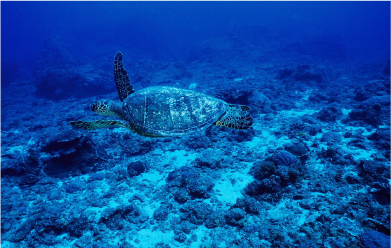
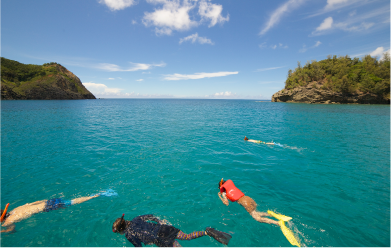
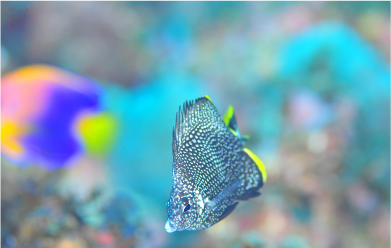

According to a report presented at the 2016 World Economic Forum Annual Meeting in Davos, over 8 million metric tons of plastic flows into the ocean every year. The report stated that if no action is taken, the ocean is expected to contain one metric ton of plastic for every three metric tons of fish by 2025, and by 2050, more plastics than fish by weight.
Why is marine litter getting worse?
About half of the marine litter that washes ashore in Japan comes from plastics we use every day, such as plastic bags and bottles. Trash that’s left on the streets or outdoors is washed away by wind and rain, flowing into rivers and waterways and eventually into the ocean.
- Street litter and trash left outdoors-
- is washed into the rivers and waterways by wind and rain-
- and finally, into the ocean.
A majority of marine litter is plastic. Since it does not decompose naturally, it remains in the environment for a long periods of time. Microplastics, which are the result of larger plastics being broken down into small pieces by UV rays and ocean waves, are particularly concerning. There are fears that particles 5 mm and smaller will enter the food chain, causing a significant negative impact on the entire marine ecosystem.




-
Impact on living creatures
- Marine creatures can mistake plastic litter for food and swallow it. It may cause them to starve to death as their stomachs fill up with plastic.
- Fish can get entangled in nets drifting in the sea. It may lead to death as they cannot escape from the nets.

Impact on fishing
- Occasionally, fishers are finding more litter than fish in their nets. Also, when marine litter is found mixed with seaweed, fishers spend a considerable amount of time removing the litter.

Impact on the landscape and recreation
- The increase in the marine litter will tarnish the natural beauty of the coasts and ocean as well as reduce the number of people going to the beach for activities such as swimming and marine sports.



- Littering is prohibited by law.
- Take your trash from outdoor excursions home with you.
- Dispose of trash at the designated time and place after sorting it according to the local trash regulations.

Learn about marine litter and participate in cleanup activities in residential areas and along riversides and beaches.
litter along rivers
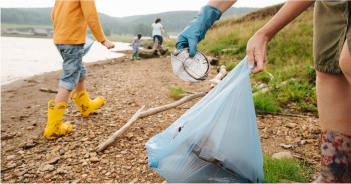
It’s important to pick up river litter before it gets washed out to sea. Any litter that’s removed from rivers should be sorted and disposed of properly.
litter on beaches
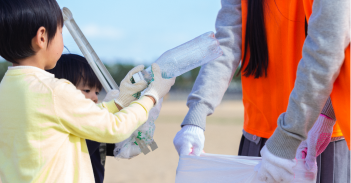
Picking up plastic litter on the beach before it breaks down into microplastics is an effective way to reduce marine litter.
The Sustainable Development Goals (SDGs) are a collection of 17 goals with 169 targets that are designed to help us achieve a better, more sustainable world by 2030.
Goal 14: “Life below Water.”
This goal makes protecting the ocean’s biodiversity a universal sustainable development goal by calling for the conservation and sustainable use of the oceans, seas and marine resources.


